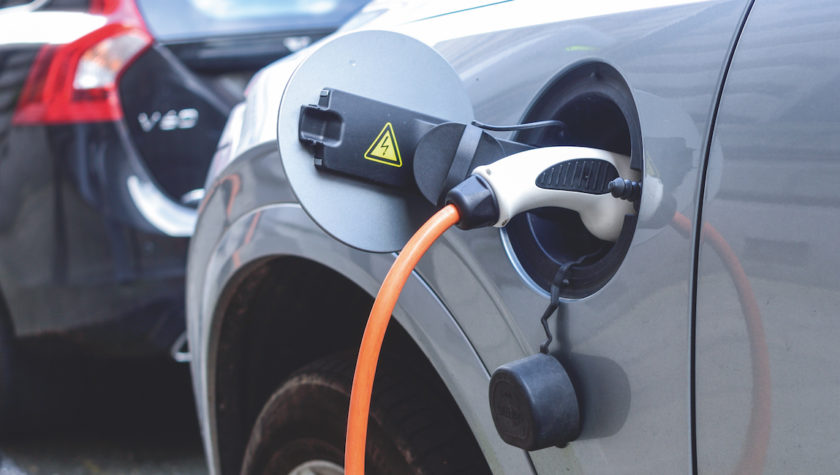I’m proud that today we’re publishing the UK’s first-ever National Infrastructure Assessment.
Far from being an unrealistic wish-list of projects, it offers a fully-costed, forward thinking and wide ranging strategy aimed at guiding investment decisions over the coming years – all with the aim of delivering the infrastructure this country needs up to 2050.
No-one knows what the UK will be like in three decades’ time – but ours is a document that looks beyond today’s technology and offers decision-makers and industry experts an insight into how to prepare for future innovations.
The most obvious example of this is the need to keep up with the fast pace of change we’re seeing in digital technology. Increasingly we’re relying on broadband connections to go about our daily lives – including in how we plan and use our infrastructure. That’s why we want the Government to devise a National Broadband Plan, to extend the latest full fibre technology to all parts of the country by 2033, including those remote and rural communities that too often lose out.
Over the coming years, we’ll need to radically change where we get our energy from, with greater focus on renewable and low-carbon sources like wind and solar. The strides we’ve made in this field mean the UK gets nearly a third of its electricity this way, but we need to go even further. With falling renewables prices, this is an exciting opportunity. It must also lead to changes in how we heat our homes and businesses, an area where we still rely too heavily on fossil fuels.
This is essential to us meeting our legally-binding climate change targets, and so too is the need to get better at recycling our waste. We’re recommending changes that would restrict the use of PVC and polystyrene – the hardest-to-recycle plastics – in packaging. This would be backed up by a national recycling policy, so the same things are recycled regardless of where you are in the country, with a clear labelling scheme for packaging making it even easier for households and businesses to follow.
How we get from A to B will change. Connected and autonomous vehicles are already being tested in this country: we also need to better prepare our roads for their eventual introduction. Our Roads for the Future competition aims to find the best, most practical ideas to do just that, and I was impressed with the calibre of the entries we received. We announced the shortlist of entries in May, and plan to announce the overall winner this Autumn.
We need to encourage drivers away from petrol and diesel engines and towards electric vehicles. To do that we’ve made recommendations for delivering a truly visible, national charging network, so people can be confident that the car will not only get them to their destination, but can be charged up again when they get there.
Transport in our cities needs to improve to help them thrive and prosper. Rather than dictating how that happens from Whitehall, we think mayors and city leaders must have the power – and certainty of funding – to plan improvements themselves, including for delivering homes.
Communities up and down the country have also suffered in recent years from devastating floods, facing months of upheaval and distress as they face costly repairs to their homes and the loss of cherished possessions. We must ensure there is a national standard of resilience and protection across the country, supported with significant investment in flood defence schemes.
This is just some of what our Assessment covers, and our work doesn’t end with this publication. For example, we’ll be continuing to examine how we ensure our infrastructure is well designed, building on our proposal that every major project has a design panel offering advice on how to make sure local communities truly benefit. We’re also starting to think about the next National Infrastructure Assessment in five years’ time, and the challenges that will have to address.
Most immediately, our focus is on how our recommendations can become reality. We’ve been clear that everything we propose fits within the Government’s clear plan to spend up to 1.2 per cent of GDP a year on infrastructure investment. We now look forward to working with Ministers to put this into action.




